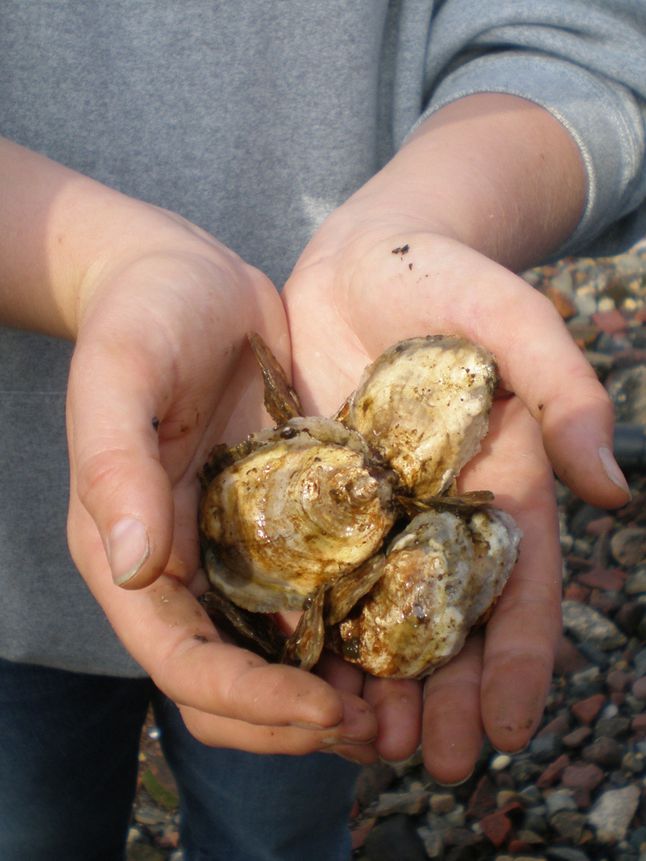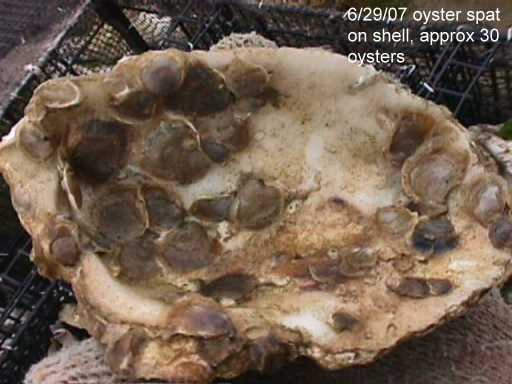

Excess nutrients will cause large algae blooms, which both cloud the water and cause oxygen starved areas, called dead zones, when the blooms settle and decompose. These pollutants enter the water by way of runoff and have a negative impact on the Bay. They also filter out and absorb excess nutrients like nitrogen and phosphorus. Cloudy water blocks sunlight, and just like any other plant, underwater vegetation needs light to survive.īut oysters do more than clear the water. Cloudy water is bad for a lot of things, but one of the worst impacts is the damage to underwater vegetation.

This filtration helps to clarify the water by removing sediment and phytoplankton, both of which can cloud the water. Oysters are filter feeders, and an adult can filter between 20 and 50 gallons of water a day. One of their most important functions is cleaning the water. Despite being relatively small and completely sedentary, they provide several critical ecological benefits.

If you have ever heard people refer to Blue Points, Chesapeake’s, or Gulf oysters, they are all Virginicas. Whatever it is called, it runs from the east coast of Canada down to Florida, and then from Florida through the Gulf. This oyster is sometimes called the Eastern oyster or the Virginia oyster. Only one species of oyster, Crassostrea virginica, is native to the eastern seaboard. The Marine & Oceanic Sustainability Foundation was sparked that weekend and has continued to grow with the support of friends, fellow ocean lovers, marine conservation organizations, and educators.Author: Aaron Rowland, Virginia Certified Ecotour Guide That Memorial Day party changed our lives we decided that it was time to apply our skills to make a positive difference and do something we love. In 2000, I married an avid scuba diver on the beach and our now 12-year-old son might as well have been born with gills. Having grown up near the ocean, I have always been enamored with our oceans and marine habitats. The spat fascinated the kids and adults alike and we all learned so much about their importance in the bay’s ecosystem. One oyster can filter more than 50 gallons of water per day. As they filter water to get food, oysters also remove nutrients, suspended sediments and chemical contaminants, helping to keep the water clear and clean for bay grasses and other underwater life. This means that they feed by pumping large volumes of water through their gills and filtering out plankton and other particles. Why are oysters so important? Oysters are filter feeders. In early June, the volunteers deposit their oysters in the Glebe Bay sanctuary during the South River Days Oyster Flotilla. Throughout the growing season, the volunteers measure the length of spat, track mortality, and measure dissolved oxygen levels throughout the growing season. The volunteers are tasked with protecting the young oysters during their vulnerable first year of life, so they may be planted on local sanctuaries where the oysters enrich the ecosystem and our oyster population.Īfter attending an oyster husbandry workshop, volunteers pick up their spat in the late summer or early fall. Volunteers with access to community piers or have their own, grow millions of young oysters in cages suspended from private piers each year. In partnership with Marylanders Grow Oysters, the South River Federation gives hundreds of waterfront property owners the opportunity to participate in hands on oyster restoration.


 0 kommentar(er)
0 kommentar(er)
